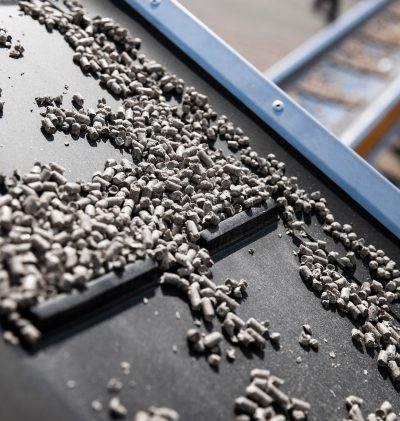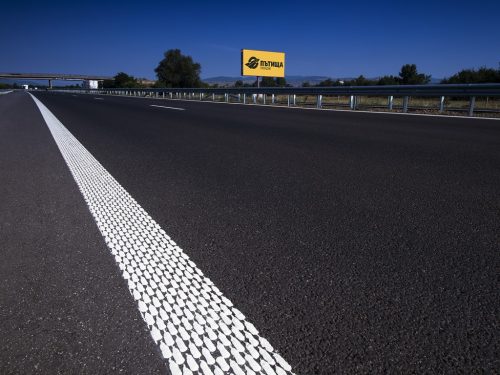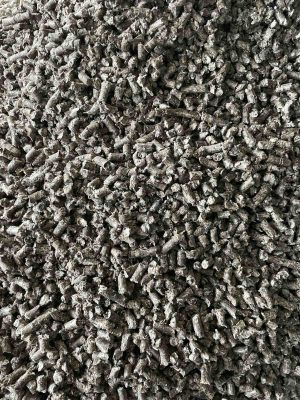Stone mastic asphalt (SMA), also referred to as stone-matrix asphalt originated in
Germany during the 1960s. It serves as a durable and resilient surface material,
particularly suitable for heavily traveled roads. SMA has gained popularity in
various regions including Europe, Australia, the United States, and Canada, where
it is favored or used on residential streets and highways.




